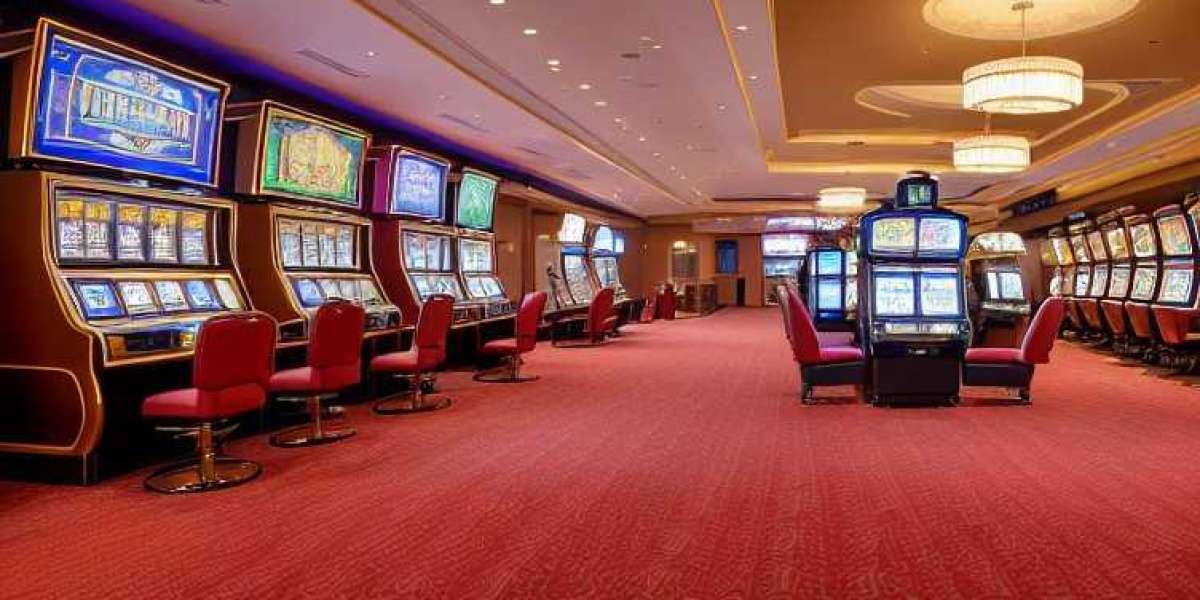Unleashing the Magic: Discover the Secrets Behind Dazzling Laser Light Shows!
Laser light shows have captivated audiences worldwide, transforming ordinary events into extraordinary experiences. The mesmerizing dance of beams illuminating the night sky creates a spectacle that is both enchanting and exhilarating. Thanks to rapid advancements in laser technology, these shows have evolved from simple displays into immersive visual feasts that engage the senses. This article aims to delve into the fascinating world of lasers used in light shows, exploring the different types, their functionality, and the myriad benefits they bring to the entertainment landscape.

Understanding Lasers: The Basics
At its core, a laser (Light Amplification by Stimulated Emission of Radiation) is a device that generates a coherent beam of light. Unlike traditional light sources that emit light in all directions, lasers focus light into a narrow, intense beam. This unique characteristic is a result of the principle of stimulated emission, where incoming photons stimulate excited atoms to release more photons in a coherent manner. The result is a powerful, focused light that can be fine-tuned in terms of color and intensity. This precision sets lasers apart from conventional lighting methods, making them ideal for creating stunning visual effects in light shows.
Types of Lasers Used in Light Shows
Several types of lasers are commonly employed in light shows, each with distinct attributes and applications. Gas lasers, such as helium-neon lasers, are known for producing bright, vibrant beams, making them popular in indoor environments. Solid-state lasers, which utilize a solid gain medium, are favored for their efficiency and versatility, often used in outdoor displays. Diode lasers, compact and energy-efficient, have gained traction due to their ability to produce a wide range of colors and are often used in smaller setups. Each type offers unique characteristics that cater to different lighting needs, ensuring that every show is a visual masterpiece.
How Laser Light Shows Work
Creating a laser light show is a meticulous process that involves programming and synchronization with music. Artists and technicians use specialized software to choreograph the movements and colors of the lasers, ensuring a harmonious blend with the accompanying soundtrack. The lasers are projected onto surfaces, often enhanced by smoke or fog to make the beams visible. Control systems play a crucial role in this process, allowing for real-time adjustments and effects that elevate the visual experience. The combination of technology and creativity results in a captivating performance that leaves audiences in awe.
The Benefits of Using Lasers in Light Shows
Utilizing lasers in light shows brings a host of advantages. One of the most significant benefits is energy efficiency; lasers consume less power than traditional lighting systems, making them environmentally friendly. Additionally, lasers can create intricate patterns and vibrant colors that are difficult to achieve with other lighting methods. Their brightness and range make them effective in large venues, ensuring that everyone in attendance enjoys an exceptional visual experience. However, safety remains a priority, and regulations are in place to manage laser use, ensuring that they are enjoyed responsibly.
Summary of Laser Light Show Innovations
In summary, laser light shows are a blend of art and technology, offering audiences a magical experience that leaves a lasting impression. From understanding the fundamental principles of laser technology to exploring the various types used in performances, it is clear that lasers have revolutionized the way we experience light. As we look to the future, the potential for lasers in entertainment continues to expand, promising even more innovative and breathtaking displays. So, the next time you find yourself under a sky filled with dazzling laser beams, take a moment to appreciate the incredible technology and creativity that make it all possible.








